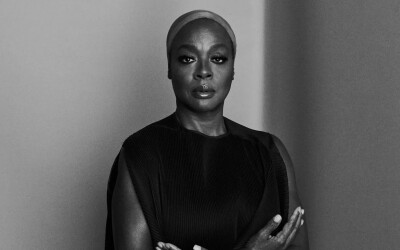Women’s conferences and employee resource groups (ERGs) are increasingly inviting men to attend. By creating events aimed at men, they hope to include men in discussions around gender equity in the workplace, and make organizational diversity efforts more successful.
The evidence shows that when men are deliberately engaged in gender inclusion programs, 96% of organizations see progress — compared to only 30% of organizations where men are not engaged. But today, too many organizations still miss the mark on gender equity efforts by focusing gender initiatives solely on changing women — from the way they network to the way they lead. Individualistic approaches to solving gender inequities overlook systemic structural causes and reinforce the perception that these are women’s issues — effectively telling men they don’t need to be involved. Without the avid support of men, often the most powerful stakeholders in most large corporations, significant progress toward ending gender disparities is unlikely. What’s at stake? A study by McKinsey projects that in a “full potential” scenario in which women participate in the economy identically to men, $28 trillion dollars (26%) would be added to the annual global GDP when compared to the current business-as-usual scenario.
But including men in diversity efforts is not as simple as inviting them to a gender-equity event. These efforts often reveal reluctance, if not palpable anxiety among targeted men. Sexism is a system, and while it’s a system that privileges men, it also polices male behavior. Understanding that is important to changing the system.
* W. Brad Johnson and David G. Smith for Harvard Business Review



